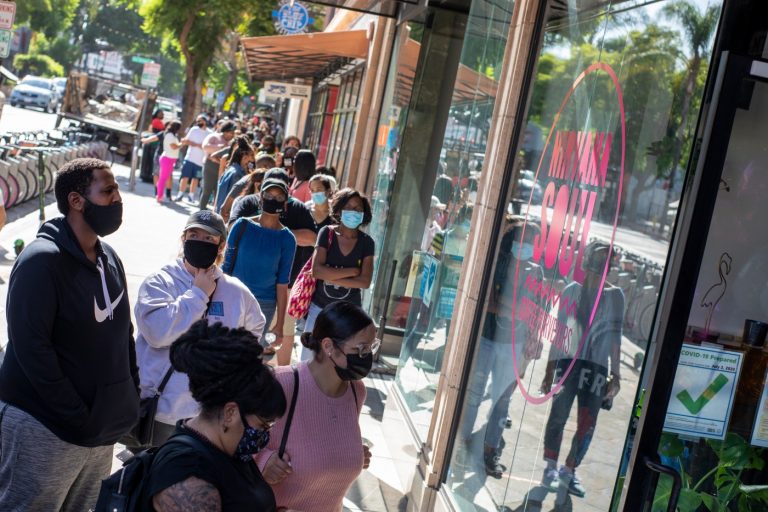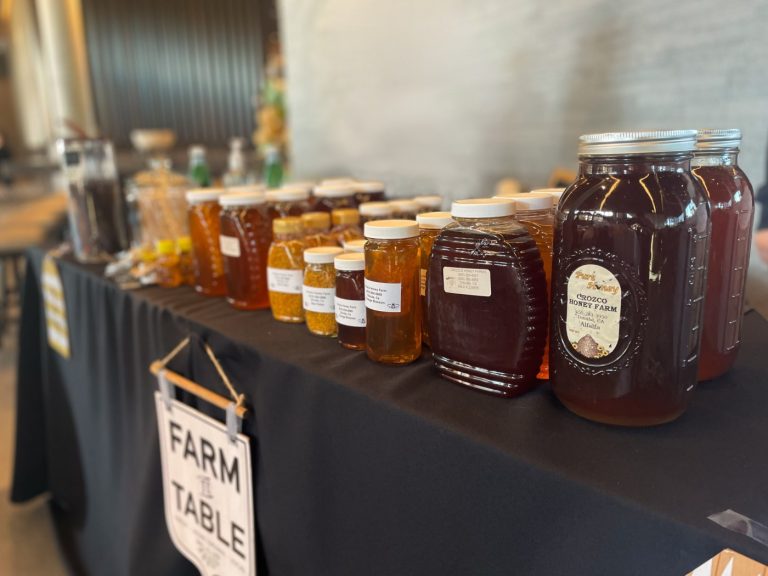Treating and screening for non-substance-related mental health disorders could help drive down overdoses, a new study by the Centers for Disease Control and Prevention found.
The study, published Thursday, found that of the 63,424 people who died from drug overdoses across 43 states and Washington, D.C. in 2022, 22 percent had a separate mental health disorder. Analyzing data from the CDC’s State Unintentional Drug Overdose Reporting System, the researchers found that the most common disorders were depression, anxiety and bipolar.
The authors noted the rates of mental health disorders are likely underestimated.
Amanda Dinwiddie, a health scientist in the division of overdose prevention at the CDC and the lead author of the study, said in an interview Thursday she hopes public health professionals will use the information gleaned in the study to better screen for and treat mental health disorders.
Related Articles
How shadowy middlemen profit at the expense of independent pharmacies and patients
Polio vaccine campaign begins in Gaza a day before fighting is expected to pause
Bird flu spreads to California’s dairy cows
After months of COVID surging, there are signs of a slowdown in California
Helping a minor travel for an abortion? Some states have made it a crime
“They can build upon efforts to identify and treat patients who have substance use disorders and other mental health disorders by integrating screening and treatment, for example, by incorporating evidence-based mental health screening into non-fatal overdose encounters, like in emergency departments,” she said.
She said public health professionals can also amp up harm reduction services, like naloxone distribution to reverse opioid overdose. The FDA in 2023 approved the first over-the-counter naloxone products. They are now available in all 50 states.
Dinwiddie said a quarter of people with non-substance-related mental health disorders who died had encountered at least one opportunity for intervention, like during existing substance use treatment or during an emergency department visit.
“We included any emergency department or urgent care visit within a month of death,” she said. “It could be overdose related or non-overdose related, release from an institutional setting, like a prison or a jail, undergoing current treatment for substance use disorder, or they had a previous non-fatal overdose. Those are just touch points where intervention could have occurred.”
About 80 percent of the overdose deaths involved opioids, primarily illegally manufactured fentanyl, the data showed.
The study comes during Overdose Awareness Week and Saturday marks International Overdose Awareness Day. The White House’s top drug policy official Rahul Gupta this week called on Congress to reauthorize the Office of National Drug Control Policy during an interview with CQ Roll Call.
©2024 CQ-Roll Call, Inc., All Rights Reserved. Visit cqrollcall.com. Distributed by Tribune Content Agency, LLC.












